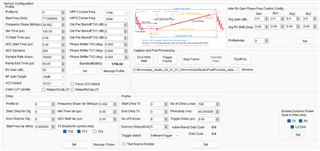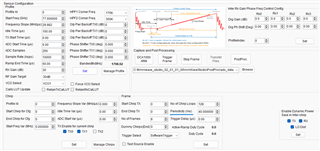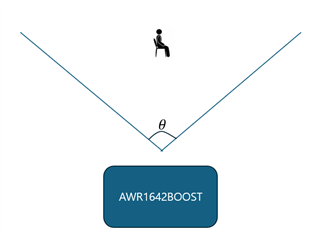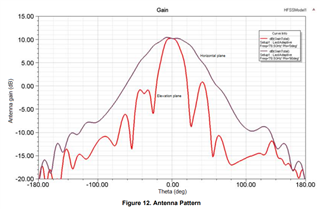Other Parts Discussed in Thread: AWR1642BOOST,
Tool/software:
Dear Texas Instruments Support Team,
Hello,
I am currently working with the AWR1642BOOST FMCW radar for vital sign measurement and have a question regarding the timing parameters of the radar signals.
I understand that the idle time refers to the duration between chirp signals, and a series of chirp signals constitutes a frame. However, I am unclear about the specific term and duration for the time between consecutive frames. Could you please provide information on what this interval is called and how it is determined in the context of the AWR1642BOOST radar?
Additionally, I'm using DCA1000EVM and mmWave Studio. I have attached an image of the radar configuration parameters. Could you advise on which parameter(s) I need to adjust in order to modify the time between frames?

Thank you for your assistance.
Best regards,
Kim




